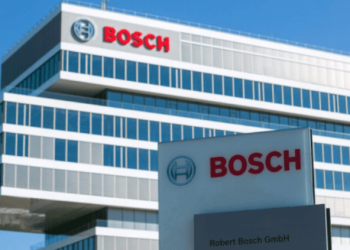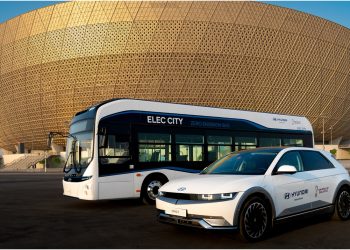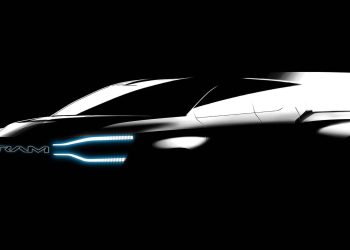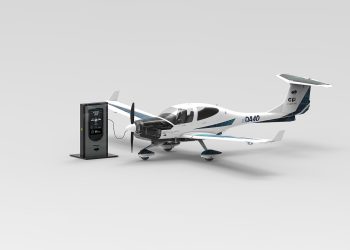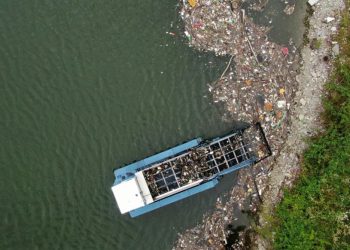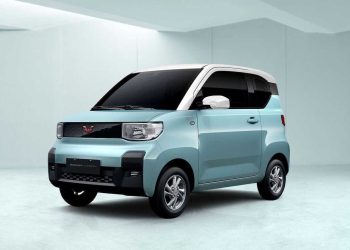In 1996 the world saw the birth of the Italian company Bercella, an adventure that from the beginning showed enormous potential in the production of composite materials, carbon fiber being one of its main elements for the development of motor racing.
The project founded by Franco Bercella grew with such force that at the beginning of the 21th century the brand fully entered the world of professional racing, designing and manufacturing monohulls and bodies for competitive spaces such as F3, Le Mans, Renault and Indycar.
Over the years, Bercella expanded his horizons and now he can count on his track record that he is a specialist in the aerospace sector, from where he has spread his achievements on a global scale.
Read also: PURE ETCR AND WTCR will have audience from July
On the other hand, the name of the company has been heard in various parts of the world thanks to the fact that it has been commissioned to build the carbon fiber body of the car called Giulia ETCR, with which Romeo Ferraris will participate in the first 100% series . electric passenger cars, Pure ETCR.
To learn a little more about the aforementioned data, Massimo Bercella, CEO of the company, spoke exclusively with Green Racing News, prior to the start of the inaugural Pure ETCR race that will take place this weekend.
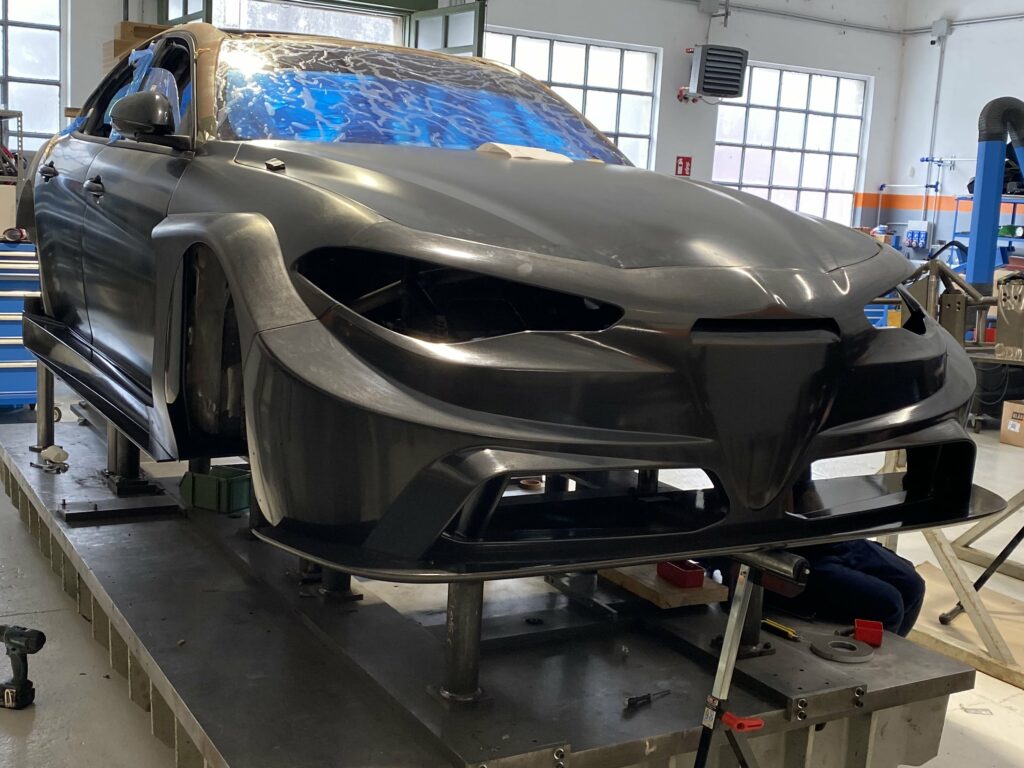
What was the first big decision that Bercella took as a company?
Bercella Srl has been established by my father Franco in 1996 and his choice represented a big challenge back then. In fact, 25 years ago, carbon fiber and composite materials were not at all as popular as they are now and only a small group of companies and innovators developed an interest towards them. They still were not used in so many applications like aerospace, motorsport, leisure and marine industries, and there was no guarantee of success. That’s why we can say that Franco really took a leap in the dark!
But you know, fortune favors the braves, and now we are happier than ever because, as a company, we have been able to develop our know-how and specialties, that we always keep on training everyday with several tests. In this regard, one of our latest decision, led us to create our internal Material Testing Lab, to gradually enrich our expertise in composites and their manufacturing processes.
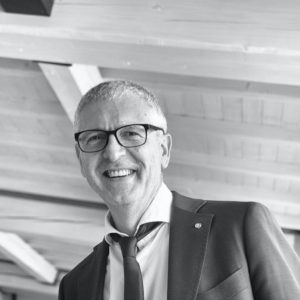
Franco Bercella, founder.
What was the biggest challenge in developing the frame of the Romeo Ferraris prototype battery pack (RESS Subframe)?
Romeo Ferraris asked us for a feasibility study of a structure that could be more performing than the traditional steel frame, and we came up with the idea of a carbon fiber RESS substrate that introduced a significant innovation which we then shared with them in order to have their approval; once we got it, Bercella’s R&D Department started the industrialization and production of the component.
The biggest challenge in manufacturing it, was related to the fact that it was the very first one to be done that way, therefore there was no indication to be followed. It is a massive structure (imagine the whole floor of the Giulia has to be replaced!) with very demanding performances in terms of stiffness and weight. Moreover, since all the car was already designed, we also had to deal with physical and geometrical constraints that narrowed the solution of the challenge to the selection of the proper material and hundreds of hours of Structural Optimization. This project has been a beautiful challenge for Bercella, because we internally managed both the design and the manufacturing processes. Therefore, it has been our “gym” to train our build-to-spec approach that allows our customer to find an end-to-end partner who can support them with both design and manufacturing.
Could you tell us the things Bercella intends to accomplish during 2021?
As a company, we are constantly seeking for innovative technologies and new or better ways to improve what we do. A new tool to learn or a new challenge to face are our everyday fuel and we always welcome them with our best attitude, because we know that anything can be the spark to light up the path to break a new boundary.
That is precisely what we establish our business on: breaking boundaries. We did it when we partnered In the INTAIR H2020 Project for developing Bio-Based Composites together with English and German partners 5 years ago, and we are still doing it today in our business areas, among which there’s the Automotive & Motorsport industry, of course. With our collaboration in the Giulia ETCR project, we enter the world of racing sustainability, which we believe will be the future of this kind of competitions. In the upcoming years, we will be more and more committed both in motorsport and sustainability, for instance developing new natural composite materials and also focusing on the study of bio-resins. The goal is to being able to apply 100% eco-friendly composites, on both sides of textile fibers and resins. As you are aware of, we developed with Formula Seven an innovative flax fiber seat for Formula SAE single-seaters, but as I said before, this is only the beginning of our journey in Motorsport’s sustainability.
What is the sustainability status of the Bercella facilities? Do you have a plan to reduce emissions or change your spaces to net zero?
Well of course we strive to be a modern and sustainable company, that is why we closely monitor our emissions and waste cycles. We did implement detailed and thorough procedures for our garbage collection and disposal, and applied solar panels on our roof to charge Electric and Hybrid cars we gave to our employees, or for the growing number of suppliers/customers that come to our place on electric vehicles. There’s now a growing hope that the European and/or Italian Recovery Plans will include stimulus packages that will incentivize structural interventions on buildings and grid optimization.
Besides Pure ETCR, is there a zero-emission team or competition that Bercella would like to be part of?
We strongly believe that opportunities lie behind every corner, and we never preclude us from facing them. Pure ETCR is the first full-electric championship for Touring cars and being among the first to participate means a lot to us, since we like to open new roads, as I mentioned before. What I am 100% sure of, is that we can’t stop ourselves so maybe you will hear about future Bercella’s commitments in other championships or sectors, such as the World Endurance Championship – where we are now involved with Glickenhaus LMH prototype – or the marine industry, who knows!
What element or aspect of Bercella do you consider different from other similar companies that are part of a Pure ETCR team?
We believe that the winning weapon in a new project is the capability to face it providing the customer with innovative solutions for its needs, a short lead time and a good costs management. We are also aware of the fact that this is something really hard to achieve, but as I said before, we like challenges and this one particularly teased our imagination. That’s why we gradually became a one-stop-shop, vertically integrating several processes in-house, such as Autoclave, Filament Winding, CNC machining and, most of all, Designing.
This feature helped a lot in the Pure ETCR prototype development, because Bercella has been able to support Romeo Ferraris firstly with the realization of the bodyworks, secondly with the weight reduction co-engineering process on those same components, and eventually designing the battery pack carbon fiber frame starting from a blank sheet.
Interview | Osward Rubio





